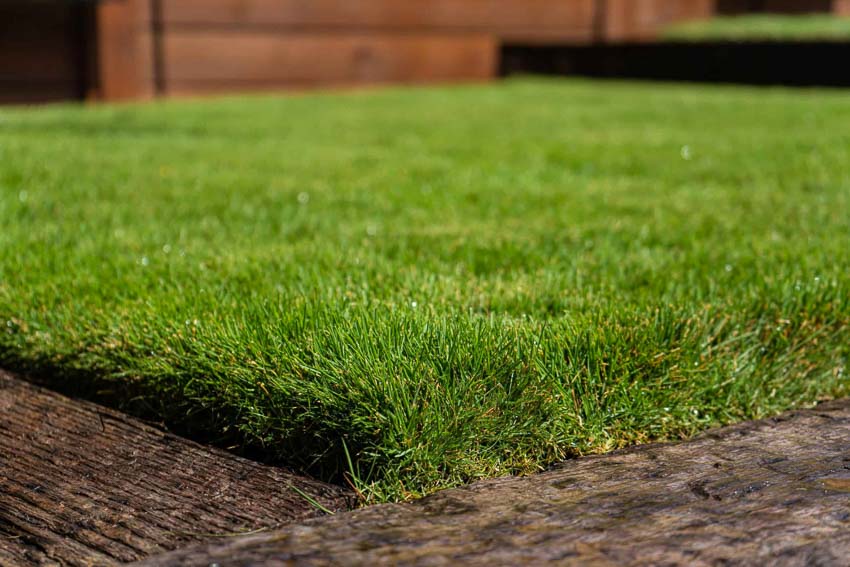When it comes to maintaining a neat and visually appealing home, a beautiful yard is key. And not surprisingly, many homeowners choose Zoysia grass for their lawns. Known for its beauty, durability, and low maintenance, this species of grass thrives in the care of those who are familiar with its origins, special features, and cultivation methods. To help you learn more, we’ve assembled this brief guide to Zoysia grass and also compared it vs Bermuda grass.
Table of Contents
Zoysia Grass Origins
Zoysia grass is a warm-season grass native to Southeast Asia, most notably Japan, China, and the Philippines. Thus, its botanical name is Zoysia japonica.
Zoysia grass has been a fixture in the United States for over 130 years. Traditionally, it does well in states from the Mid-Atlantic to the Mid-West, where the climates feature a diverse transition between the colder northern regions and the hotter South.
Zoysia Grass Appearance
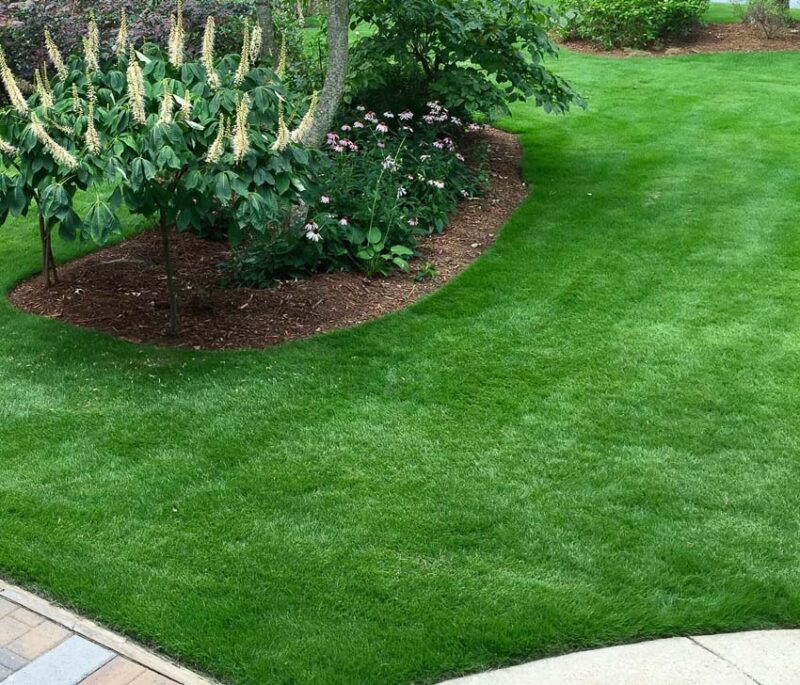
Many gardeners choose this grass for its rich green appearance. Not only does it have a fine texture, but also a dense growth pattern. People often describe it as having a “carpet-like” look due to its thick, low-growing nature.
Although Zoysia grass tolerates a moderate level of shade, it prefers ample sunlight. For this reason, it thrives well in southern zones. In addition, this type of grass is footfall- and cold-tolerant, and does not require a great deal of water to remain healthy and lush.
With all these upsides, it’s no wonder that homeowners love it. Many enjoy the way that its vibrant green endures, even throughout dry summer months. Furthermore, people often fancy its characteristically soft, carpet-like texture.
Best Time to Plant
Planting Zoysia grass at the right time is essential to its survival and growth. Because Zoysia grass is a warm-season species, the best time to plant it is after the last frost. Depending on your region, this period is usually in mid to late spring.
The grass’s active growth starts in the warmth of late spring and peaks during the hottest part of summer. If established in this way, the grass will be in a strong position before the hot summer begins.
You can plant Zoysia grass in the fall, as well, however, you must do so at least 60 days before the first frost. This way, the lawn will hopefully have enough time to establish itself before winter.
Lawn Rivals: Zoysia Grass vs Bermuda Grass
Zoysia grass and Bermuda grass are very popular lawn choices, in large part because both types of grass have unique features that make them suitable for a variety of climates and purposes.
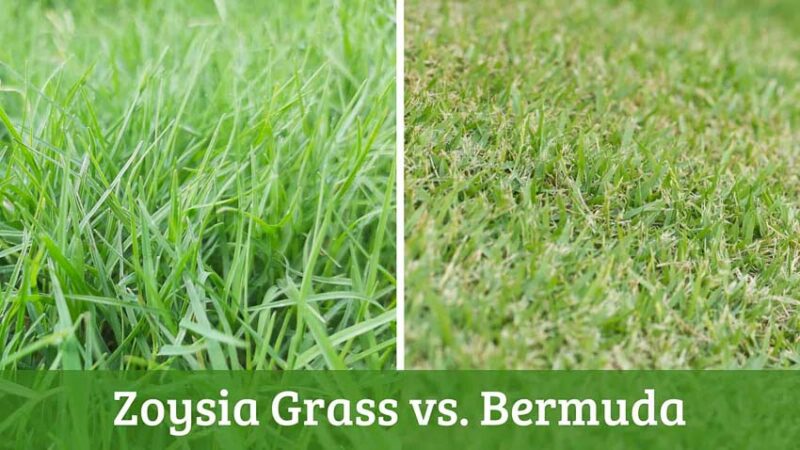
Here’s how the two compare in terms of shade tolerance, cost, maintenance, drought resistance, and appearance.
Zoysia vs Bermuda Grass Shade Tolerance
While both Zoysia and Bermuda grass are beautiful, they have different requirements when it comes to shade.
Bermuda grass is less tolerant of shady areas and requires more sun to thrive. On the other hand, Zoysia can tolerate a bit more shade, making it a better option for lawns with less sunlight.
The Cost of Zoysia Grass vs Bermuda
Zoysia sod is generally more expensive than Bermuda grass. However, this is because Bermuda grass is typically in higher demand and is, therefore, readily available.
Maintenance
Apart from the cost, Zoysia grass requires more attention than Bermuda grass. The main reason for this is that Zoysia grass is more prone to thatch.
Thatch is the build-up of living and dead organic matter between the blades and the soil. As this layer accumulates, it acts as a barrier for water and fertilizer. What’s more, roots can get caught up in the thatch, making them more vulnerable to drought, high temperatures, and stress.
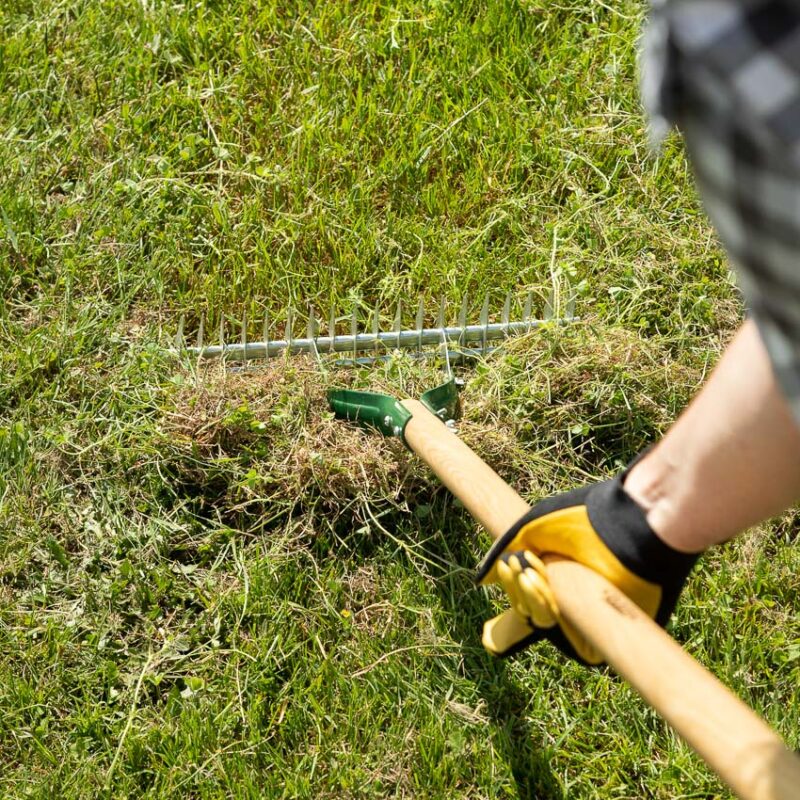
The best time to dethatch is in the spring and involves some form of raking. It’s a tricky job and many people hire a professional gardener.
However, other lawn maintenance practices like mowing, edging, and blowing are similar for both types of grass.
Drought Tolerance
Bermuda grass can better tolerate dry conditions than its rival. As a result, Bermuda grass needs less water than Zoysia grass, making it well-suited for regions prone to periods of drought.
The Appearance of Zoysia Grass vs Bermuda Grass
How your lawn looks and feels is very important to most homeowners. Zoysia grass is smoother than Bermuda grass because the latter is coarser and has a more natural look. However, despite appearances, Bermuda grass is softer to the touch than Zoysia grass.
Overall, both types of grass are popular lawn choices, and their relative differences aren’t significant in horticultural terms. As a result, the choice is mainly a matter of personal preference.
Where to Buy Zoysia Grass Seeds
If you are starting a lawn from scratch, then you will need to begin by planting seeds or laying turf. Let’s take a look at the options available for buying Zoysia grass seeds and what to look for when making your purchase.
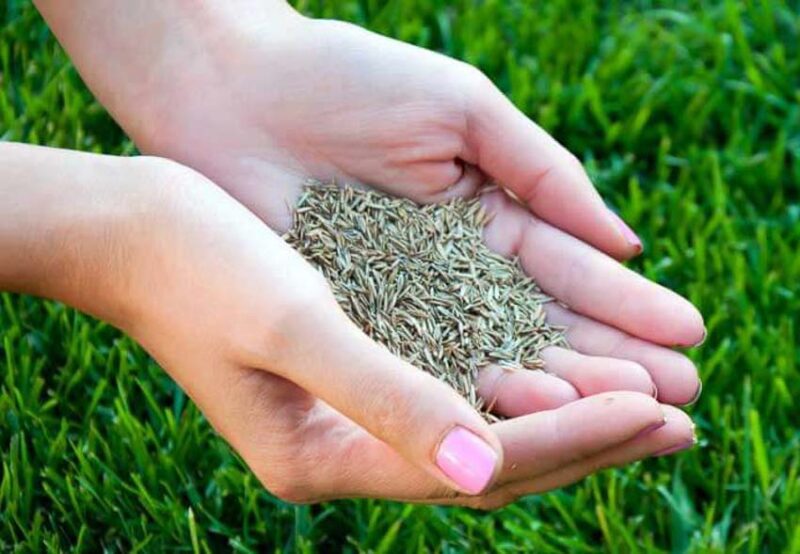
Online Markets
As with everything nowadays, one of the most convenient options for purchasing Zoysia grass seeds is on the web. Most reliable online retailers sell grass seed. Outlets like Amazon, Home Depot, and Lowe’s are the biggest examples.
They offer a wide variety of Zoysia grass seed options. They also tend to have customer reviews that can further help you make an informed choice.
Local Suppliers
A tried and tested way to get the best choice for your lawn is to purchase Zoysia grass seeds from a local nursery or gardening center. This option is useful for the novice because you will likely deal with someone who knows a lot about the different types of Zoysia grass seeds on the market.
As a result, you will get enough expert assistance to decide what variety best suits your needs. For instance, they may stock a selection of seeds that are ideal for your local climate.
How to Take Care of Zoysia Grass
Even a tolerant species like Zoysia grass requires proper care and maintenance. Here are simple yet effective methods to keep it looking healthy and beautiful.
Weed Prevention
One way to prevent weeds from taking over your Zoysia lawn is to apply crabgrass pre-emergents. These chemicals start to work when the soil is about 55° F. After application, you should wait a minimum of four weeks to reseed.
Fertilizing Zoysia Grass
In terms of fertilizing, remember that Zoysia grass requires less nitrogen than most grasses.
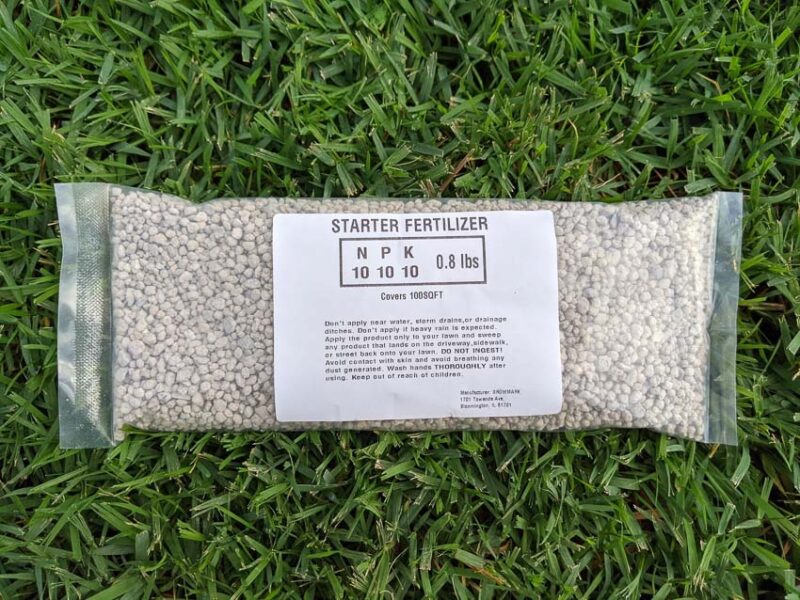
Only fertilize your Zoysia when it has hit active growth in late spring. Furthermore, avoid reseeding treated areas until at least three weeks after application, and do not fertilize these newly seeded spaces until the grass establishes itself.
Dethatching
Zoysia’s dense growth pattern often results in excess thatch, which can stunt growth. Dethatching is the process of removing layers of dead grass and other organic material that accumulate on the soil surface.
You should do this during peak growth to help ensure a quick recovery.
Watering
Zoysia lawns typically need an inch of rainfall or irrigation each week to thrive. However, deep and irregular watering can lead to drought-resistant roots.
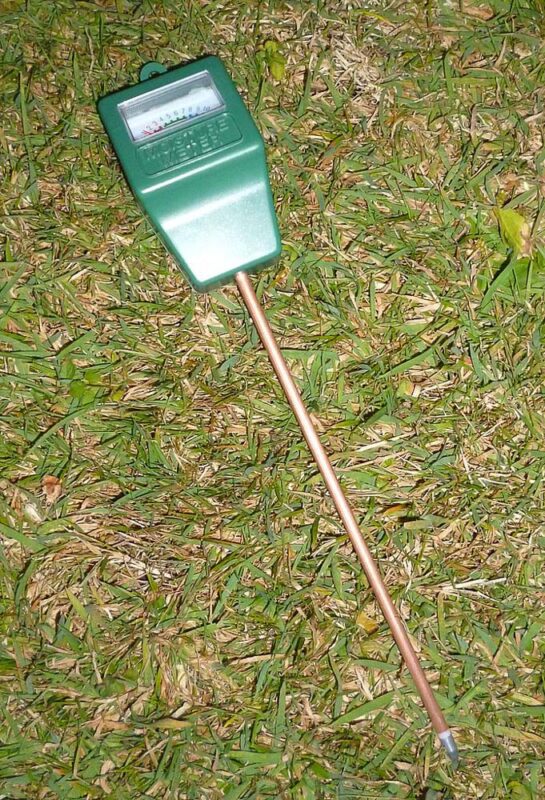
You will also need to water the lawn more in areas with sandy soil. Don’t forget to monitor your lawn’s soil moisture levels (using an outdoor soil meter , if necessary) to ensure the grass does not become waterlogged.
Seeding
You should seed in mid-late spring once the last frost has passed. This is because Zoysia grass germinates best when the soil is about 65-70° F.
Sun Exposure
Like most plants, Zoysia requires a certain amount of sunlight to thrive. Due to its high tolerance to full sun exposure, it can grow well in areas that receive direct sunlight for most of the day without getting scorched.
When planting this grass, choose an area that receives at least 4 hours of direct sunlight daily. If this is not possible, it should have 8 hours of at least 50% sunlight.
Although this grass can tolerate shade relatively well, it will not thrive in heavily shaded areas.
Mowing Height
The best time to start mowing Zoysia grass is as it exits dormancy. Moreover, its ideal cutting height is around 1.5 inches.
Hence, it is best to mow and then maintain this length. Do not cut off more than a third of the blade in one mowing.

